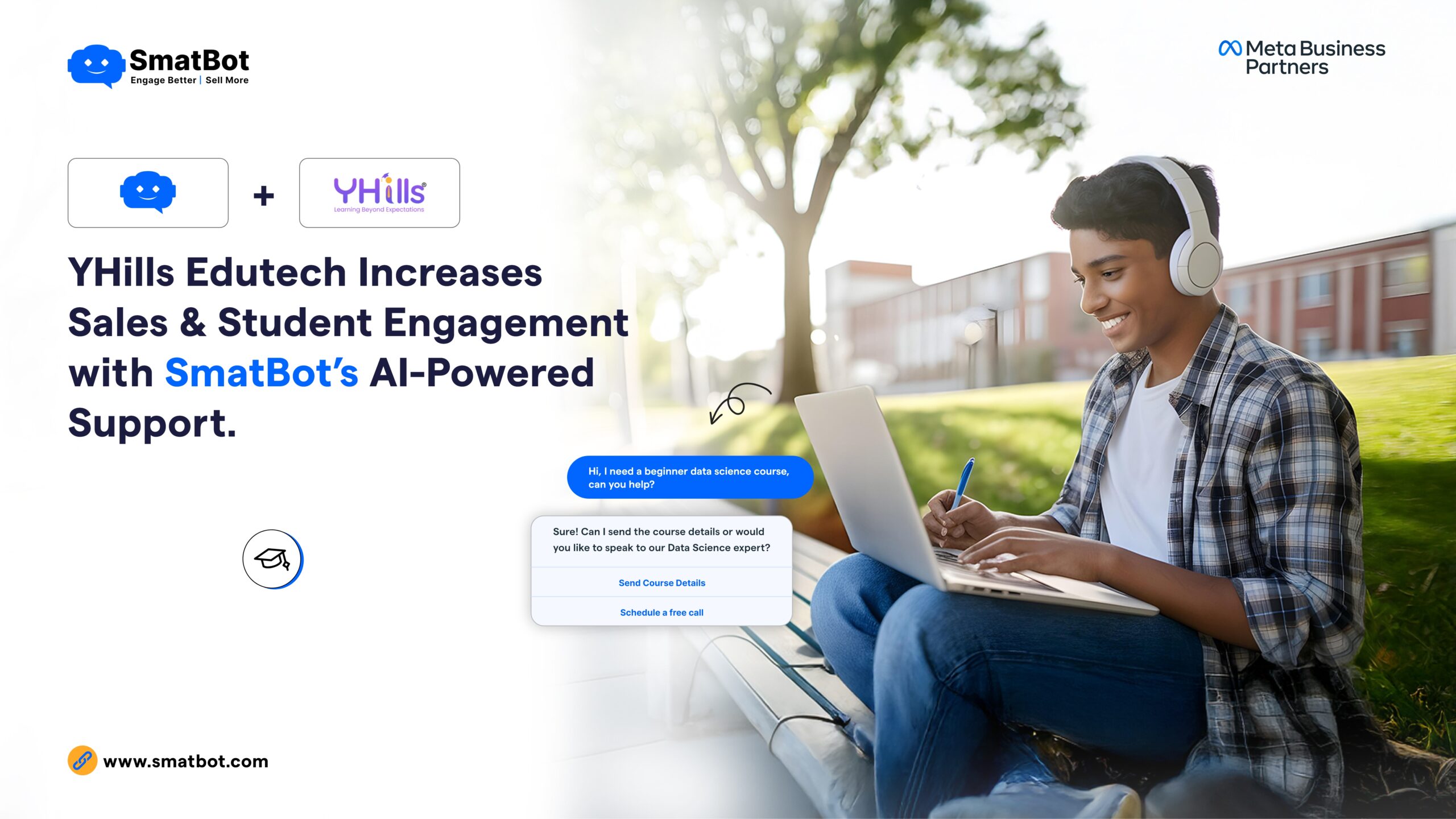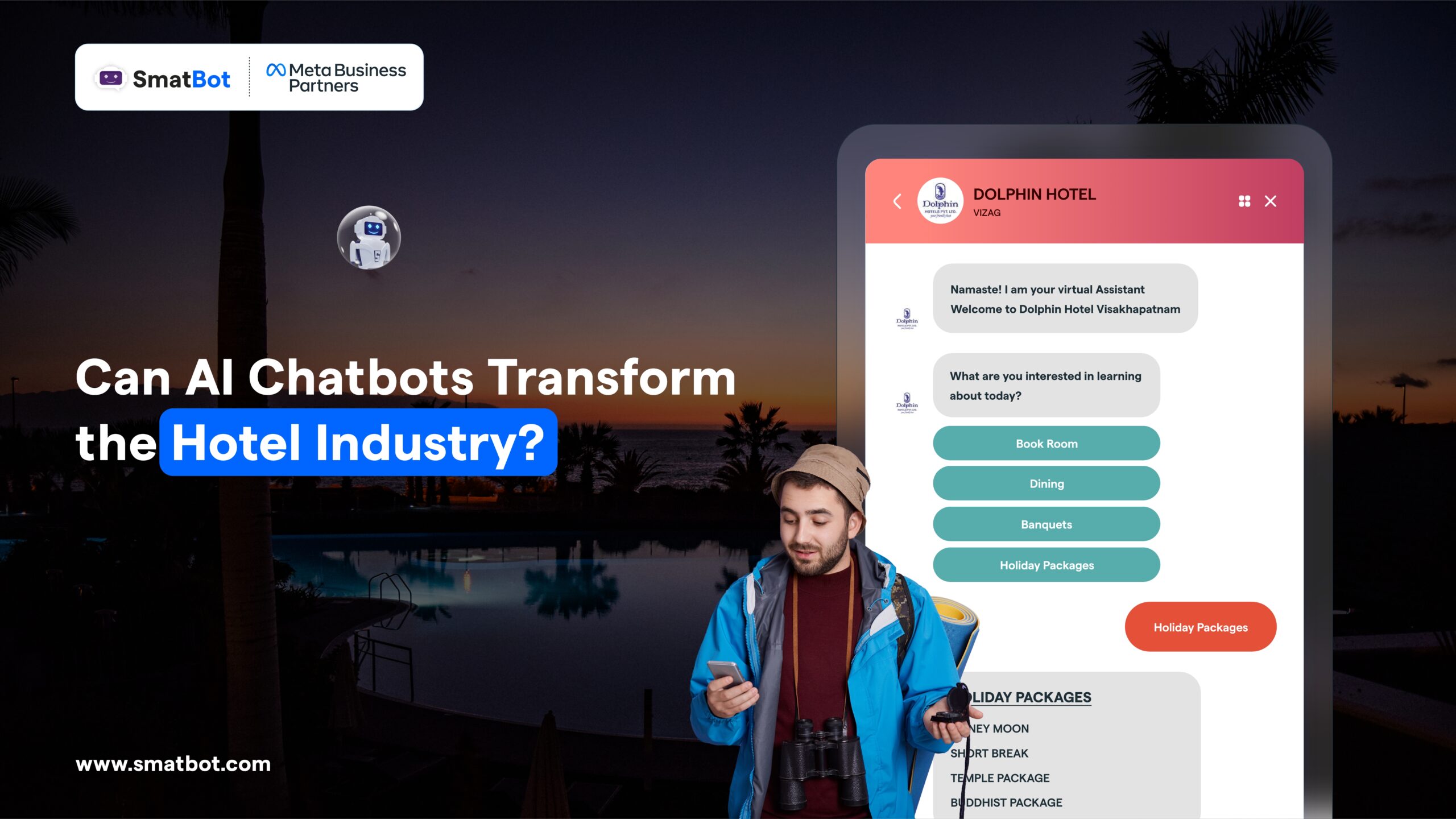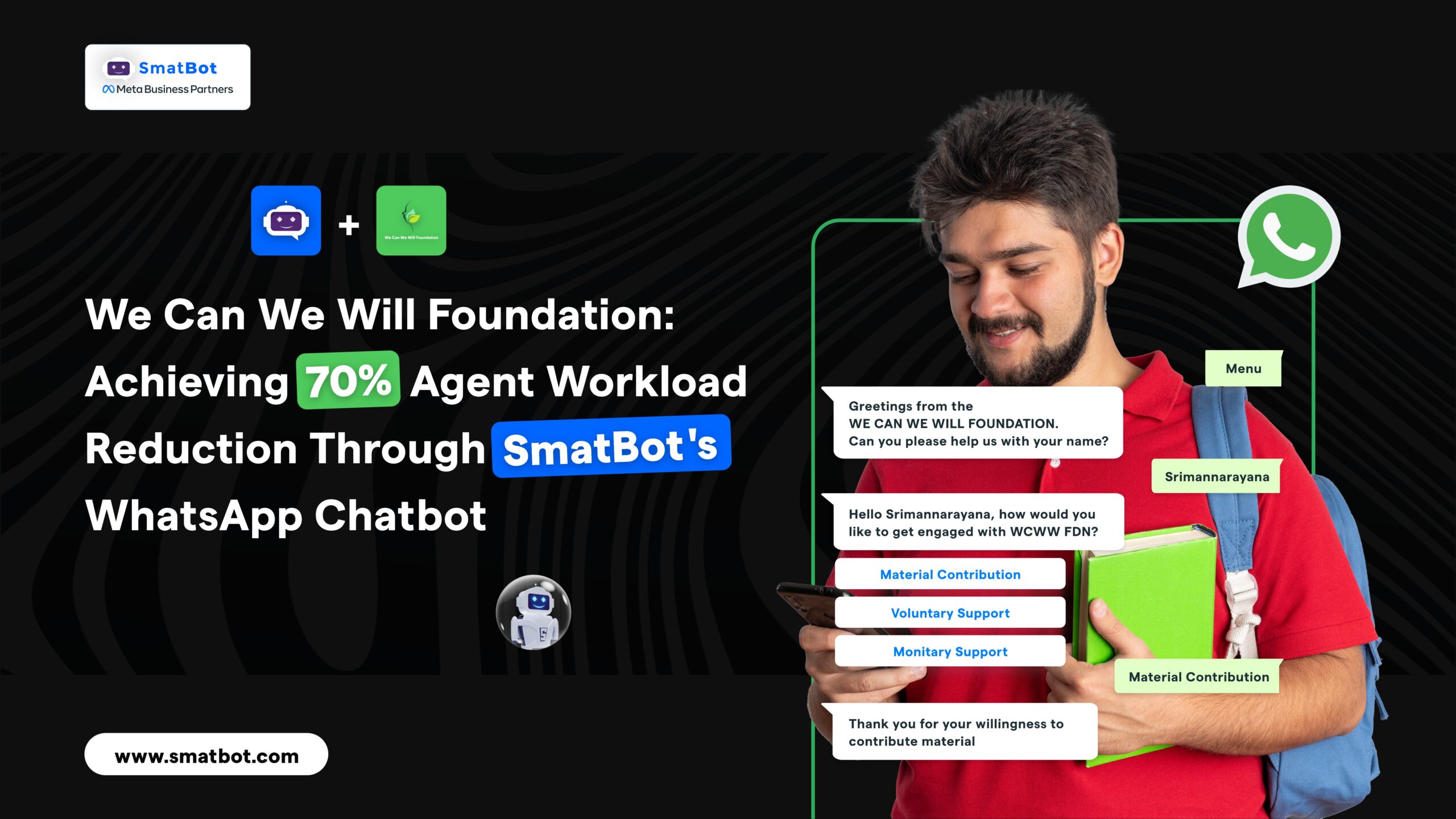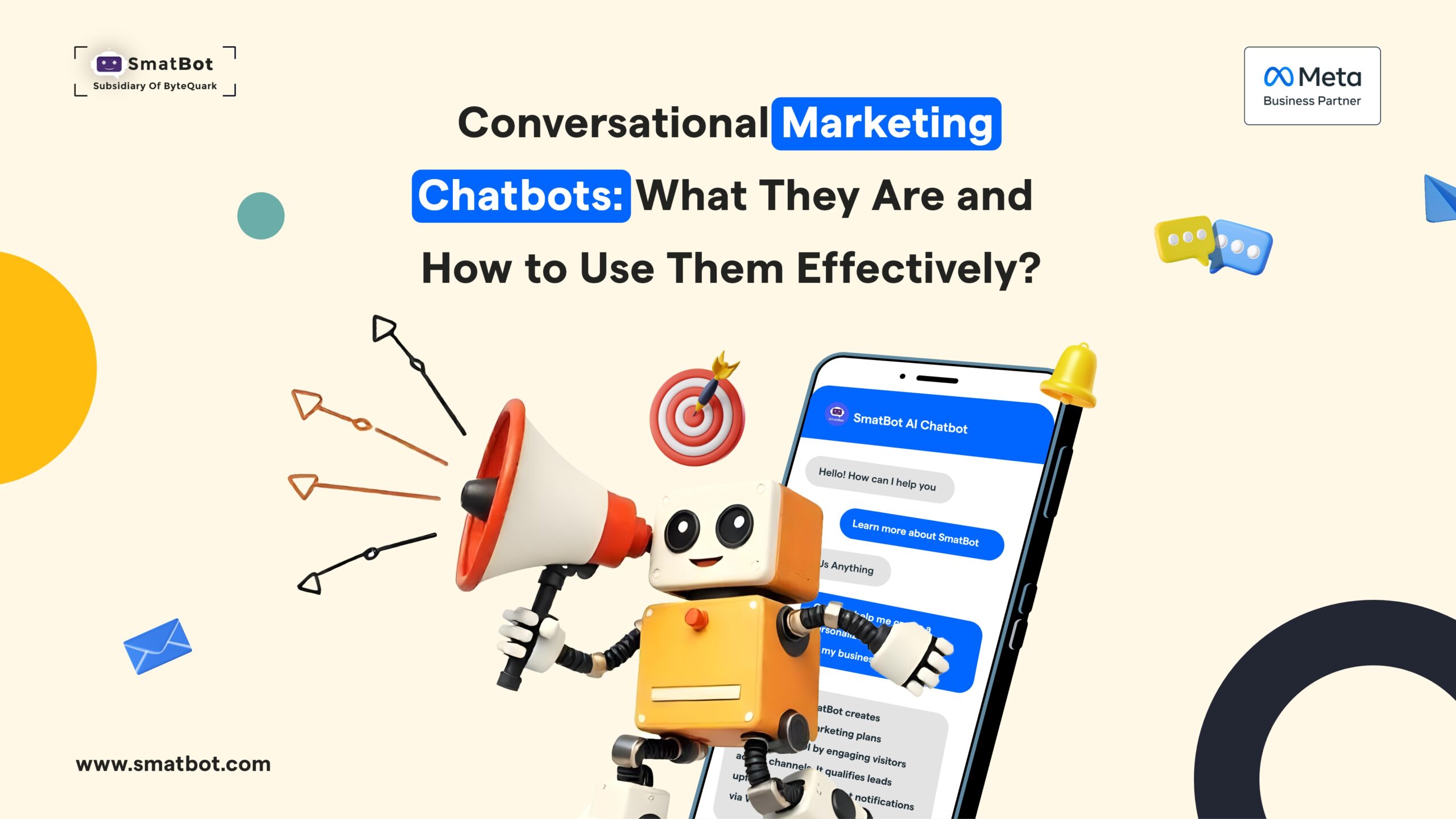Healthcare Chatbots to Supercharge your Patience Engagement
Today’s customers are more inclined towards personalized, engaging, and self service-option. The healthcare industry has no exception for that; patients want a quick solution to their encountered issues.
In contrast to other industries, the healthcare industry has more emergency cases that need to be resolved quickly.
Healthcare chatbot has a solution for this: digitization, multi-channel integration, and available 24/7.
Healthcare chatbots are meant to provide different services. It can be-
- Booking an appointment
- Set reminder and notifications
- Diagnose diseases based on symptoms provided
- Provides health-related information.
- And many more
Everyone shows interest in interacting with chatbots. As they are quick in responding, and they repeat any number of times without getting any frustration. It’s more convenient for people, if it’s Whatsapp chatbots. Let’s have an example below:
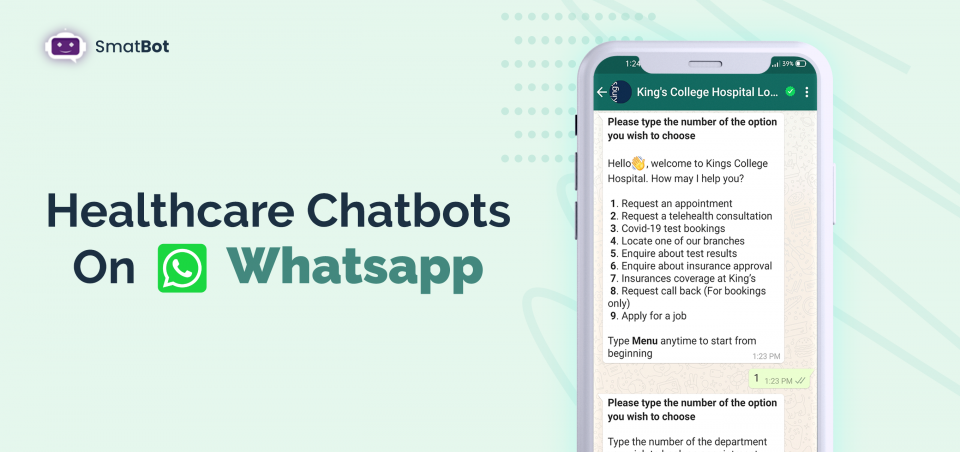
To illustrate, healthcare chatbots are already in place in the market with a high success rate. Still, many health providers are in confusion whether to deploy it or not.
The global healthcare chatbots industry market is expected to reach USD 314.3 million by 2023 from USD 122.0 million by 2018, at a CAGR of 20.8% from 2018 to 2023.
To inform you, Artificial Intelligence plays a vital role in the success of chatbots.
Relation Between Chatbots and Artificial Intelligence.
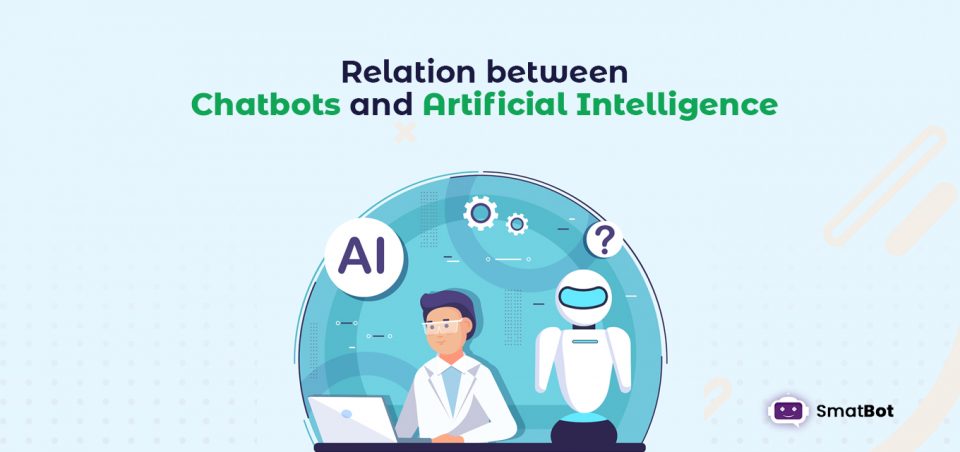
Natural Language Processing, a part of AI, holds the capabilities to understand the human language, even it learns from its mistakes. NLP works on a complex algorithm that helps the machine to act like a human and can reply to level 1 or level 2 queries in seconds. They can even hold the capabilities to understand the emotions of humans and communicate accordingly.
Healthcare providers are using chatbots to offer post-care support, especially for critical illnesses like cancer. Patients have responded positively, finding the chatbots helpful for medication reminders, scheduling check-ups, and cost-saving by reducing hospital visits. While chatbots have limitations and cannot replace human interaction entirely, they significantly enhance patient care.
Benefits of health care chatbot
When we start talking about healthcare chatbots benefits, the list is long. Directly or indirectly it helps a lot to the health industry to adopt new technology with ease and improve overall patients’ experience with them.
For instance, chatbots reduce the health care professionals’ work pressure such as-
- Automatic appointment bookings,
- Notifying the same to the patient,
- Gathering all the patients’ symptoms
- And other issues in advance to provide it to the doctor.
- There is no need for doctors to ask questions; they can take quick actions based on the patients’ symptoms and other information through chatbots.
- No need to put extra costs on unnecessary tests and treatments.
- No need to visit the clinic, most of the queries get resolved via healthcare chatbots.
- Chatbots are reducing the valuable time of both patients and healthcare providers.
- It saves patients’ consultation fees, admissions, or readmissions fees as chatbots help them connect with the right healthcare providers.
- It enables the patients to understand the criticality of the health condition and act accordingly.
- Based on the criticality of the patient’s health, providers can easily determine which patients to handle first and which patients need more time to discuss their health condition.
Despite these benefits of healthcare chatbots, they can’t replace expert professionals. Nor can they take care of the patients. Chatbots are add-on support and can boost the health care providers’ performance, enhance the efficiency of patient care delivery, quick-service, simplifying the overall process without the need to compromise on quality.
Use-Cases of Chatbots in the Healthcare Industry
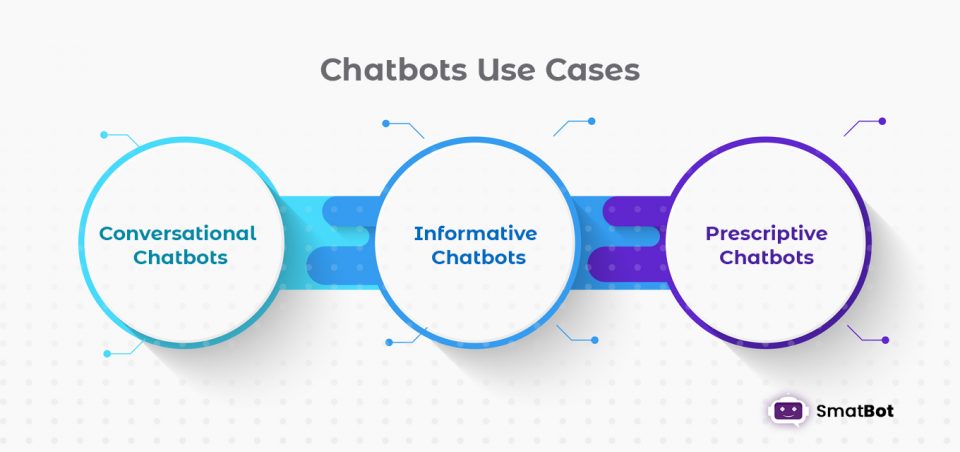
A well-designed chatbot primarily depends on how engaging the chatbot is and how effectively people utilize it to fulfill their purposes. For this, the chatbot developer needs to keep in mind-
- The intent of the users to use that bot,
- What features can help them the most in achieving their goals.
If you’re clear with these points, you can easily fulfill the purpose of designing a chatbot.
Generally, healthcare chatbots are used in use cases such as.
Conversational ai in health care
Chatbots provide two-way communication; it replies to the users based on the situation and predefined answers fed to the chatbots. All chatbots are not working on the same level of understanding. Conversational chatbots are generally driven by artificial intelligence and other contextual tools and respond to the users’ intent.
Chatbots are designed based on a different level of understanding and in-depth analysis. For instance, Level 1 chatbots can answer all queries that are already predefined and unable to answer the questions beyond that.
Unlike level 1 chatbots, which are limited to only predefined answers. Conversational chatbots with a high level of understanding can understand the user’s intent in the whole conversation and respond to their queries beyond predefined answers, even if it asks in various ways. It learns from its mistakes, and also it takes suggestions, feedback for improving itself.
Conversational chatbots can answer the user more personally, making the user as if they are conversing with a human than chatbots. All it happens because conversational chatbots make use of Natural Language Processing in executing these functions.
Informative chatbot
Informative chatbots are generally used to provide helpful information to the users whenever they visit a particular webpage.
For example- if you have visited any webpage for information about any disease, a pop-up or sudden chatbot appears on the webpage will provide you with further details in the form of a link, notifications, document or video or ask you to chat with the health experts for further information about that disease.
Generally, the healthcare website uses this type of chatbots for any emergency to provide detailed information to its users in seconds.
Typically in the healthcare industry, we come across many situations where you need to take quick action to help patients go into a normal situation. Chatbots can provide an instant response to overcome those situations.
For example- if someone is looking at an article on “how to cure covid-19?” a pop-up will appear, or chatbots will start with a list of do’s and don’ts and other health care providers’ lists and suggestions that can help them in overcoming this.
Prescriptive Chatbots
Prescriptive chatbots are also designed based on conversational chatbots designs; unlike conversational chatbots, prescriptive chatbots provide a probable solution for the issues than answering or providing directions to the patients. It empowers the patients to take self-care by delivering vital information to the users in recovering from the disease, resolving issues, and connecting you with the concerned health care providers if the case needs urgent human help.
Prescriptive chatbots use the right digital technology, and multi-channel integration increases the probabilities of engaging patients more with the health care providers.
Prescriptive chatbots can access patients’ history and details and respond to patients on the channel/device of their choice. It improves the relationship between the health care providers and patients and removes the barriers that stop patients from connecting with the health care providers.
Prescriptive chatbots, for example, understand the patients’ situations based on the patient history, suggest to them what’s right/wrong for them in the current case, help the patients gain their confidence, and provide all possible solutions to overcome the challenge they are facing currently.
Prescriptive chatbots consider all the legal and healthcare regulations to provide support to the patients. Chatbots developers need to design this type of chatbots with more consciousness, which may not lead any patient’s life in danger by following the wrong procedures.
These chatbots’ success is when they can provide the proper support to the patients that can lead them to better their current situation. The key factors developers consider are to get detailed insights into the audience and know which recovery procedure best suits them. All these are under the supervision of healthcare providers’ expert support and advice. Also, you need legal counsel to guide you while building this portion of the chatbot.
Health care chatbot examples :
1. Healthily
This AI-powered chatbot helps the patients to diagnose their diseases based on the symptoms they provided. It also offers other services such as booking an appointment and a list of diagnosis centers for the diseases near them.
2. Ada Health
It’s a well-known app in Europe and diagnoses the disease based on the patients’ symptoms. It asks a list of questions and executes their answers on a data set of thousands of similar responses to deliver the most accurate solution for their questions. Such as medical conditions, treatments, and ways and connect them with local health care experts.
3. Sensely
It’s in partnership with a reputed Mayo clinic in providing information. It uses both text and voice input from the users to collect the users’ symptoms to diagnose the disease. Moreover, it can connect with Bluetooth-enabled health devices such as blood pressure monitors and scales. And suggest the referrals or directly connect with the health experts.
4. Babylon Health
It directly connects the patients with a virtual/real doctor based on their symptoms by executing their inputs against a database of thousands of conditions with similar answers. It has built-in speech recognition and NLP to provide relevant results.
5. Buoy Health
It’s built by a highly expert team and AI developers, and the solution they provide is based on the clinical data from more than 18,000 medical journals and articles. It matches the patients’ inputs from an extensive repository of evidence-based medical data to give simple answers. It also provides in-depth information on the symptoms provided.
6. Forksy
It acts as a nutritionist that helps the patients keep track of their calorie intake based on the type of food item they entered. Also, provide you with healthy diet choices and suggest avoiding the things that may risk your health.
7. Cancer Chatbot
This AI-enabled chatbot provides complete information on the cancer disease the patient is suffering from. It shares the various research, cancer-related topics, clinical trials, treatment options, and various other sources that help the patients take their next step with confidence in curing their health conditions.
Medical Chatbot Future
Though many healthcare chatbots reached success, there is still scope to improve further. Healthcare chatbots are generally very efficient in diagnostics, mental health, and patient engagement outside medical facilities. Many pieces of research are coming that show the future of healthcare chatbots is going to be bright.
Now you might have got an idea, how effective healthcare chatbots are for the healthcare industry. Don’t wait to give it a try.
Smatbot can be a good option for you. It provides you with a 14-day free trial option you will love it!
There is no need to worry about coding; it’s a DIY platform with predefined templates that can help you start by yourself. Videos and other help centers documents are readily available on the website to assist you. You can even take assistance from our expert team without hesitation, we are glad to assist you.
What are you waiting for? Try SmatBot now!

